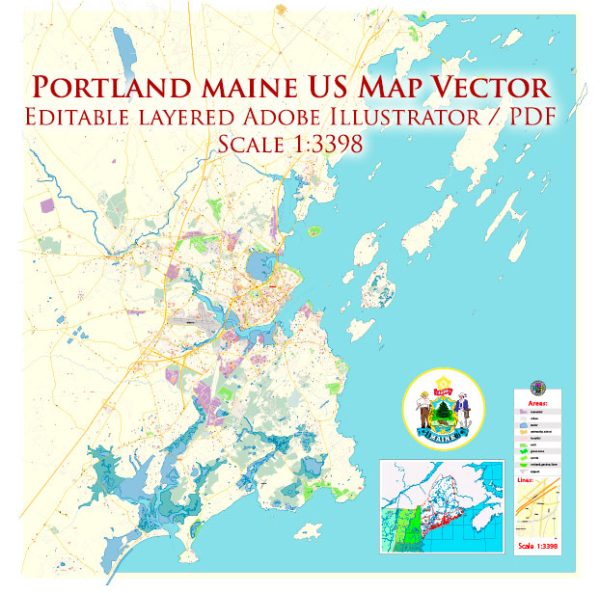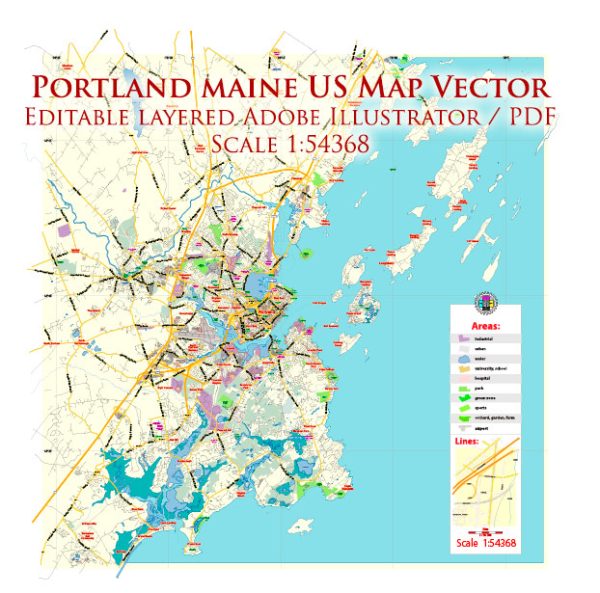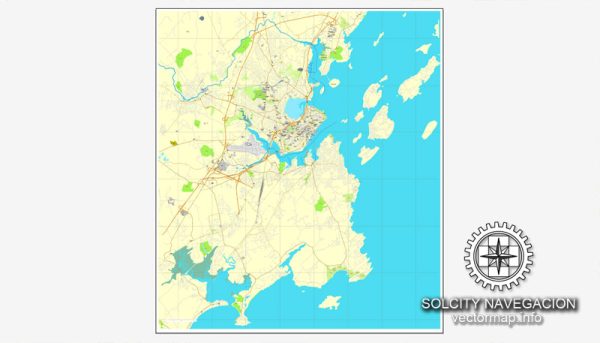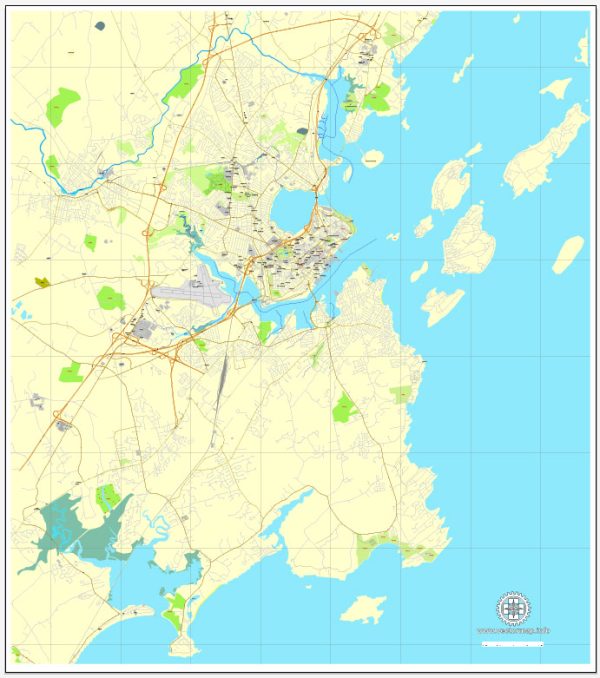Portland, Maine, is known for its charming and diverse architecture, which reflects its rich history and coastal location. Here is a description of the architectural features and styles commonly found in Portland, Maine:
- Colonial and Federal Architecture: Many buildings in Portland, especially in the historic district, feature Colonial and Federal architectural styles. These styles are characterized by symmetrical facades, gable roofs, and classic elements like columns, dormer windows, and pediments.
- Greek Revival: The Greek Revival style was popular in the early to mid-19th century and is evident in several buildings, including the iconic Portland City Hall. This style features neoclassical elements such as columns, pilasters, and a prominent pediment.
- Victorian Era: The late 19th century brought an influx of Victorian architecture to Portland. You can find ornate and colorful Victorian homes with intricate details, gingerbread trim, and often asymmetrical designs.
- Gothic Revival: Some churches and institutional buildings in Portland showcase elements of Gothic Revival architecture. These structures are characterized by pointed arches, steeply pitched roofs, and detailed stonework, creating a sense of grandeur and religious significance.
- Italianate: Italianate-style buildings in Portland often have a distinctive “villa” look with prominent eaves, tall, narrow windows, and decorative brackets. These features create an elegant and picturesque appearance.
- Shingle Style: The Shingle Style is particularly associated with coastal homes in New England, and you can find it in some residences along Portland’s coast. These houses often have a continuous, unadorned shingle exterior that blends harmoniously with their natural surroundings.
- 20th-Century Styles: In the 20th century, various architectural styles found their way to Portland, including Colonial Revival, Craftsman, and Modernist architecture. These styles reflect the changing architectural trends of the time.
- Contemporary and Mixed-Use Developments: As in many cities, Portland has seen contemporary and mixed-use developments that incorporate modern materials and designs, aiming to provide a balance between historic preservation and new construction.
- Maritime Influence: Given its coastal location, Portland’s architecture also often reflects its maritime heritage. You’ll see waterfront warehouses, piers, and seafood markets alongside more traditional architectural styles.
- Preservation and Restoration: Portland is known for its commitment to preserving historic structures. The Portland Historic District is a prime example of this dedication, ensuring that many beautiful historic buildings remain intact.
The architectural diversity of Portland, Maine, creates a unique and picturesque urban environment, making it a city where history, culture, and natural beauty coexist in harmony. Whether strolling through the historic Old Port district or admiring the coastal cottages, you’ll find that Portland’s architecture is a significant part of its charm and identity.






 Author: Kirill Shrayber, Ph.D.
Author: Kirill Shrayber, Ph.D.